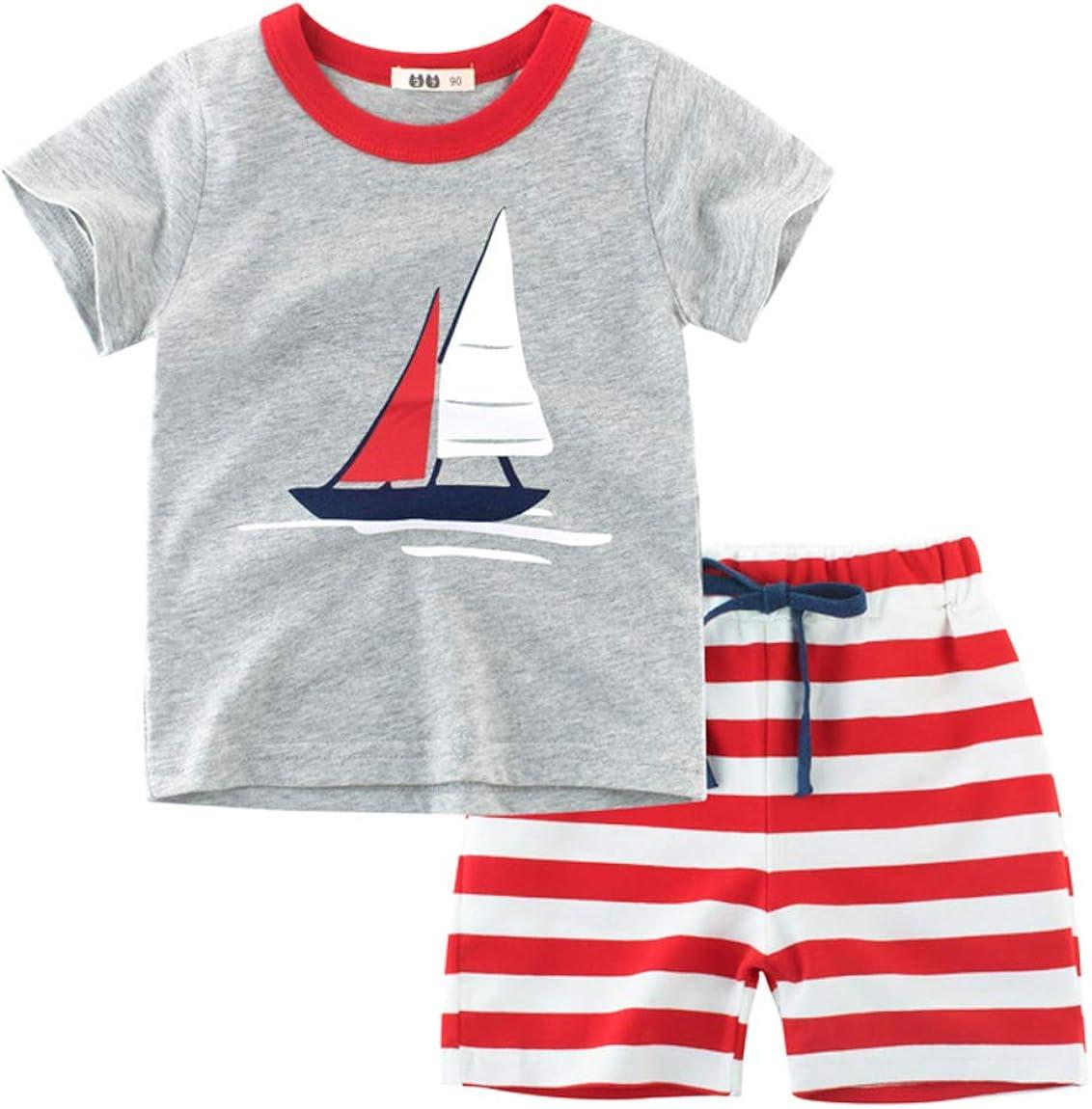If you're a parent, you already know how fast kids grow. One minute those cute jeans fit perfectly and the next, they barely reach the ankles. With each new growth spurt comes a closet full of clothes that no longer fit, clothes that will fit, and everything in between. The result? Piles of laundry, packed drawers, and daily outfit struggles.
To make life a bit easier, it helps to have a simple, effective system for organizing your child’s wardrobe. From newborn onesies to pre-school fashion, keeping things sorted doesn’t have to be a chore. With the right strategies, you can reduce clutter, save time, and even save money in the long run.
Assess the Current Wardrobe
Start by pulling everything out yes, everything. Lay it all out so you can see exactly what you’re working with. Sort the clothes into three main categories:
-
Too small
-
Fits now
-
Too big
This is a great time to inspect items for wear and tear. Toss anything with irreparable damage, and donate gently used items that no longer fit. As you sort, you may notice duplicates or clothing that was barely worn. This is especially common with toddler boy clothes, which often get cycled out before they see much use due to rapid growth spurts.
Once you’ve pared things down, you’ll have a much clearer idea of what to keep, store, or give away.
Build a Flexible System
Now that you’ve taken inventory, it’s time to set up a storage system that can adapt as your child grows. Flexibility is key here you want a method that makes it easy to rotate items in and out as sizes change.
Use bins, baskets, or drawer dividers to group clothes by size or season. Label them clearly so you’re not digging around when the next growth spurt hits. For example, a bin labeled “3T Fall” will be much easier to access when that time of year rolls around.
Designate a specific spot in the closet or under the bed for “future fits.” These are clothes that are a size too big but will be useful soon. This helps prevent overbuying or forgetting what you already own.
Maximize Small Spaces
If you’re working with a limited amount of closet or drawer space, get creative. Use vertical storage tools like hanging organizers, over-the-door hooks, and multi-layer hangers to make use of every inch.
Under-bed storage bins are ideal for off-season clothing or next-size-up pieces. You can also use vacuum-sealed bags to compress bulky items like winter coats and save space.
Opt for clear bins so you can see the contents at a glance. Or use stackable bins with labels for different categories (e.g., “pajamas,” “school clothes,” “playwear”).
Make Daily Access Easy
A well-organized closet is only half the battle you also want to streamline your daily routine. Create an easy-access zone for clothing that fits now and is used often.
Sort by type to avoid the morning scramble: shirts, bottoms, pajamas, socks, and so on. You can even pre-plan outfits for the week using a hanging closet organizer labeled by day.
Have a special basket for essentials like daycare uniforms or favorite shirts to make mornings smoother. Some parents like to keep a separate drawer or shelf just for "quick changes" for spills and messes great for toddlers who are always on the move.
Mid-Blog Note
Incorporating items like a toddler boy clothes chart or a checklist of what your child currently owns can also help you avoid unnecessary purchases and make better use of limited storage.
Plan for Growth Spurts
Your child’s wardrobe can go from “perfectly sized” to “tight and uncomfortable” in what feels like a week. The key is to stay ahead of the growth curve.
Schedule regular clean-outs every 2,3 months to reassess sizing. Keep a designated “donation” bin nearby to make it easy to toss outgrown clothes as you go.
When you’re shopping, consider buying one size up for items your child will grow into soon especially if there’s a sale. Just be sure to store those pieces in a labeled bin so they don’t get lost.
Get Kids Involved
Depending on their age, kids can help with simple tasks like matching socks, folding clothes, or putting things in labeled drawers.
Using picture labels (e.g., a t-shirt icon for the shirt drawer) can help younger kids learn where things go. Making wardrobe organization part of your weekly routine teaches responsibility and keeps your system running smoothly.
Conclusion
Keeping your child’s wardrobe organized doesn’t have to be a time-consuming task. With a clear system, smart storage solutions, and a little consistency, you’ll spend less time hunting for clothes and more time enjoying the moments that matter.
An organized wardrobe means fewer forgotten outfits, faster mornings, and better planning for future needs. Whether your child is growing into new clothes every month or just hit a big milestone, staying ahead of the clutter will make every transition that much easier.
